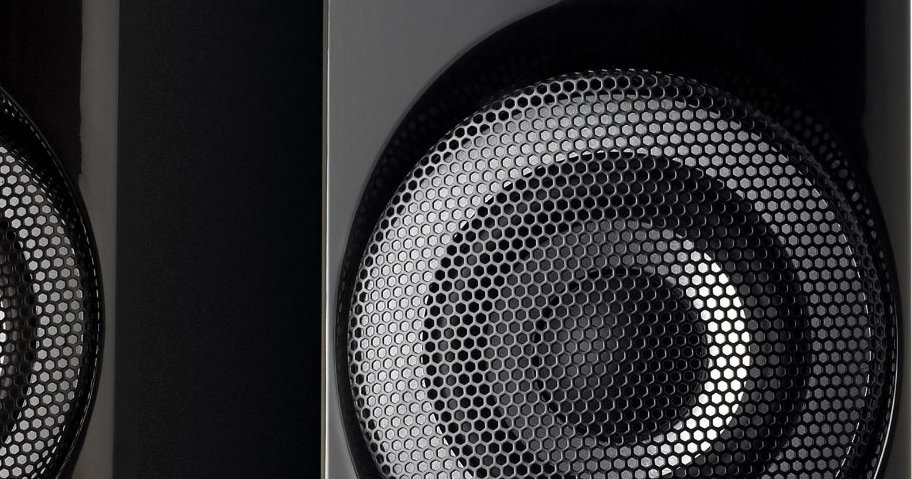Our man on the drum machine takes the basic D&B beat and pushes it further and fatter to produce an incessant, rolling, breaks-driven beat.
Beat Dissected is a regular series that deconstructs drum patterns, showing you how to recreate them in any DAW. Just copy the grids in your own software to recreate the loop.
Here’s the full beat we’ll be making this week:
Audio Player
Spec
Tempo
168-178bpm
Swing
50-60%
Sounds
raw live kit sounds, machine kick, plus dirty break/s
Step 1
The programming of this beats starts out like the Raw Drum & Bass beat, but this time with the two-step switched up a little for a more stuttered, energetic and incessant beat. The snare sound is even more complex than last time – not only with the three layers of before (bulk, slam, upper transients), but also a hat and light clap added to fill out the top-end. All of these constituent ‘snare’ elements are sent to the same group bus for compression and some light saturation.

Step 2
This beat diverts considerably from Raw Drum & Bass with the addition of a new, busy ghost snare part. This snare – pushed back in the mix and at a much lower volume that the main snare – introduces a stuttering line that punctuates the empty points between the main hits. It’s worth experimenting both with the release envelope of this ghost snare – too much sustain will unnecessarily muddy the beat – and also the velocities of each ghost hit: for a more human feel try varying them and also shifting the notes very slightly from the grid. An additional, soft open / pedal hat is introduced on the eighth to further reinforce the snare (note that this part can be muted at various points in the track for variation).

Step 3
Enter the ride (named crash in this graphic), which hits on every 1/8th. A high-pass EQ is used to eliminate almost all signal except for some very high-end air. At the same time, a short open hat is added, sitting on the off-beats. It adds the required yin to the 8th-weighted yang, opens out the high-end and – mixed very low – adds a breathing feel to the overall rhythm.

Step 4
And finally, the breaks are layered over the skeleton beat. As in Raw Drum & Bass, the auditioning is about finding a looped break whose character fits with what you’ve programmed. Don’t rush this stage! As many as three or more different breaks can be introduced, all playing against the skeleton programmed beat. The overriding concern when layering these breaks is not to muddy / crowd the beat too much. Clever programming should be used alongside judicious ‘bracketing EQ’ – removing both the high and low-end of break loops to remove content you don’t want/need. Send all beat elements – including the break/s – to the same drum bus for further compression / EQ treatment / saturation to complete the beat.


06.59 PM
Awesome Tutorial!!!